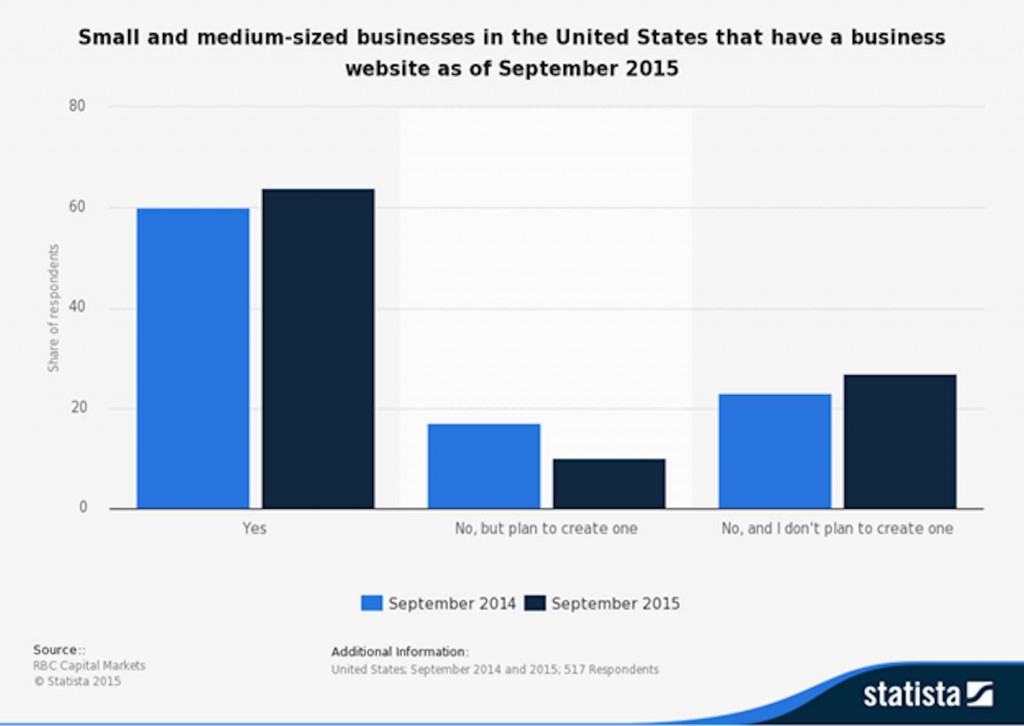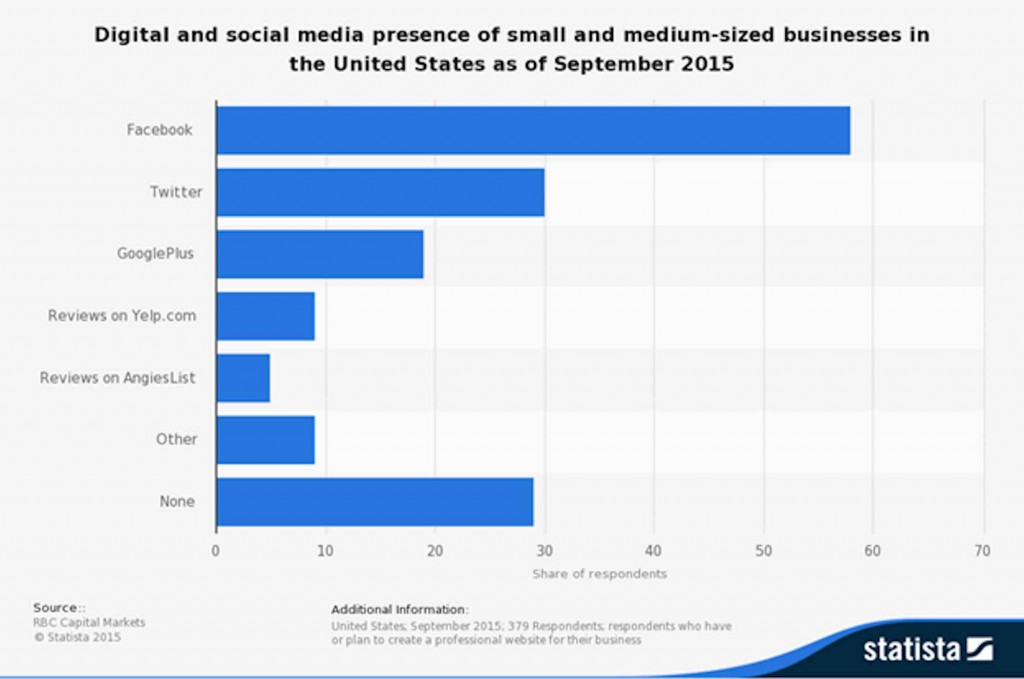Running a small business is no easy task. I remember being resource constrained, time-challenged, emotionally drained every day and brain fatigued all the time. I am less troubled these days since I’ve been able to incorporate technology into the mix of running my business. That doesn’t mean I don’t still pull my hair out on occasion but for the for good reasons now. The important part of that statement is technology doesn’t drive me. I drive technology to enhance and automate my business processes. That, in turn, returns time to my day to do the important things that keep the company viable and responsive to the customer.
It wasn’t so many years ago that small businesses were priced out of the technology market. The Mom and Pop shops of the world were limited to word of mouth marketing in their local area or maybe an ad spot or two on the local radio station or community service cable TV channel. That isn’t the case anymore and it’s in the best interest of the small businessperson to embrace technology to increase business, compete with the big box stores, and bump heads with the big Internet e-commerce sites that tend to eat into your profit margin.
It wasn’t so long ago when email, Internet, mobile marketing, telecommuting, and smartphones did not exist. You were not expected to be vigilant 24/7. That isn’t the case anymore. Your customers are literally “always-on”. If they aren’t sending emails, they are on their social media sites talking with friends and family. Communications are instantaneous, flexible and persistent.
I find that technology allows for easing the burden of having to keep up with that constant flow of information and eliminates some of the fear of missing out. Some of that tech automates the process of gathering data about your customer base and storing it. A good analytics tool will then automatically process that data and show you insights on a dashboard you can have at arms length on your tablet or smartphone. I have dreams of taking my local small business into the world of global e-commerce.Technology can get you there at whatever scale you choose and pave the way to success.
So, where do I get the data for my analytics tool to analyze? Well, I gather it as a point of sale process in my customer relationship management (CRM) tool, when people come to my store to buy things. My cash register is essentially a computer and a perfect data collector for basic customer data such as email address as well as names and mailing addresses. That’s called first party data and is the most useful data of all in being able to engage with your customers.
Websites and the Internet
Ok, this is where technology kicks in and unfortunately, technology has bypassed a high percentage of small businesses. There are many reasons why but it shouldn’t. Getting started is virtually free and gives the small business owner the opportunity to learn how to use it risk-free. If I cand o it, anyone can. The sad statistics are shown in the chart.

Google and WordPress offer free websites under their domain name. You don’t need a website developer to get it published online because it’s a self-service, drag and drop development you can do on your own. I learned by doing and reading. After you’re comfortable with it, you can invest a modest amount of money to buy your own domain name and go mainstream. With a little inbound marketing using the search engines as the distribution method to create awareness, more first party data will flow your way using simple marketing best practices such as encouraging potential new customers to sign up for newsletters that deliver offers and information about your business. From that, you create an email list which enables you to do some email marketing. For the record, email marketing is one of the highest return on investment marketing strategies you can do. If your customer base is a reasonable size, you can run the campaign using tools already on your computer such as Outlook. Again, no additional investment required at first. As your business grows and the customer base grows with it, then there are tools to automate the process to save time. I integrated my email marketing solution with my CRM customer data to make the email generation process automatic. I send out a weekly email and have realized a 17% growth in revenue over the two years I’ve been doing it.
Social Media
A critical piece of technology that small business has yet to embrace is social media. The numbers here are just as challenging as the ones for websites.

Less than 60% of small businesses have a business page on Facebook. The others pale in comparison to that. Chances are, most of your customers are on social media. Establishing the company page is free. Making people aware of it through your newsletter and inbound marketing techniques on the social media site is free. Again, it’s a risk-free effort just to snoop around a bit and see what can be done. It took me about 6 months to get comfortable with it and to limit my social media adventure to the top three sites where my customers regularly logged in. If the preliminary results are promising, prudent investment in some paid social marketing may produce acceptable results. Facebook, in particular, has a highly automated marketing tool that allows you to tap their database of billions of subscribers to target that niche, local audience that lives within 50 miles of your store.Facebook analytics is integrated into the marketing products so you can track the performance of your ads. I follow them personally every day and adjust the marketing message or offers being made to optimize the ad performance and get more oomph for my dollar.
Social media, in time, will also be your window to the global world if e-commerce is in your future. But, that a topic for another day.
Analytics
If I need to emphasize anything, it’s the use of analytics to measure how your marketing efforts are performing. If you don’t establish and objective (key performance parameter) and the pieces of information that indicate good or bad performance (metrics) you will never know if your marketing dollar is producing positive results.
In keeping with the theme of this article, there are free analytic tools at your disposal once you set up your website and begin using it to spread the awareness of your business to wider audiences. Google Analytics is on the search engine site and it collects data on your website regarding how many people visit your site, how long do they stay on your site among many other statistics that you can view. It requires that you register for the service but after that, it’s an exercise in learning how to manipulate the tool. I slice and dice my data several different ways to gain insights into how to optimize my web site to meet more people to turn into loyal customers. Google provides some good advice and how to articles to help you along.
The more complex and sophisticated your business becomes, you will eventually want to invest in a more sophisticated analytic tool. I’ll save the topic of choosing the right technology for another time but this blog post will clue you in on different analytic tools for small business that can provide some useful insights.
Conclusion
I’ve only touched on the basics of technology enablers for the small business. From the competition point of view, it is a mistake not to have a presence online. From there, depending on the nature of your small business and the loyalty of your customers, you can go a step or two further to prevent the online e-commerce sites and big box stores in your local area from stealing your customers.




